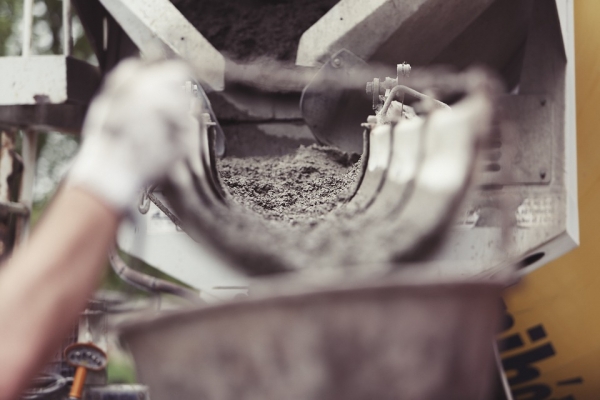The researchers from Lithuania and Cyprus claim that the energy payback period of using phase change materials, new technology in the construction industry, is the shortest in a colder climate. The optimal location for their usage is the interior on the northern side of the building. The study provides informed answers regarding the application of PCMs to improve buildings’ energy efficiency.
In recent years, phase change materials (PCMs) used to improve the energy efficiency of buildings are gaining momentum. PCMs can store and release large amounts of energy – when in a solid phase, they can absorb heat, providing a cooling effect, and when a PCM is in its liquid phase it can release heat, providing a warming effect.
“The ice melting to water is a phase change material, as is butter melting to oil. Why is it special? When material changes phase, it also absorbs and releases energy. In construction, these materials are encapsulated, i.e. the micro PCM capsules are integrated into a building element, such as concrete,” explains Paris Fokaides, a principal investigator at Kaunas University of Technology (KTU), Lithuania.
Together with colleagues from Frederick University in Cyprus, KTU researchers were conducting a study in different European regions aiming to calculate the efficiency of the application of PCMs for the energy upgrade of the existing buildings. Their research revealed that the efficiency and energy payback period of PCM depends on certain conditions, such as the geographical location and the wall orientation of the building.
Read more at Kaunas University of Technology
Photo Credit: Life-Of-Pix via Pixabay


